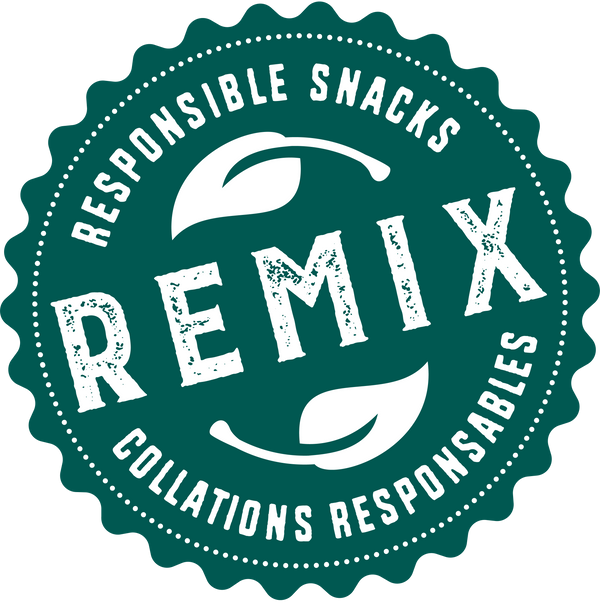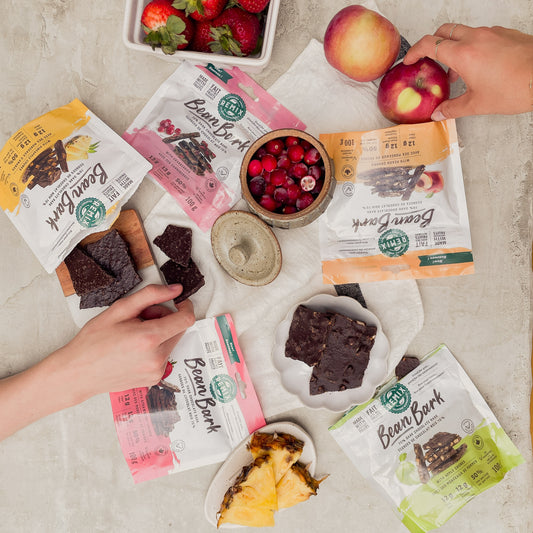Written by: Likai Gong, dietetics student, June 2024
Recently, the chocolate industry has been grappling with a bitter reality – the skyrocketing cost of cocoa. In April 2024, the price of cocoa reached its highest point in the last fifty years at 12060 U.S. dollars per ton, which is four times higher than the average price from one year ago (Vaessen, 2024). So, how did this unprecedented phenomenon come about? What implications does it have for both producers and customers? Join us as we reveal the logic behind this situation and provide you with some ideas for choosing chocolate in the future.
Rising of the problem
There are various factors such as environmental factors and socioeconomic factors that influence the price of cocoa beans, but the root cause of the cocoa bean price increase is related to the supply and demand.
Although the world produces almost 6 million tonnes of cocoa beans every year, the production area is very concentrated- more than 60 percent of the global cocoa supply is produced in West Africa. Within West Africa, two countries dominate the production of cocoa beans- Ivory Coast (38%) and Ghana (19%). This year, there is a huge supply shortfall of these two key producers, leading to the global cocoa shortage, but the market continued growing, so the cocoa price kept increasing (Pannuti, 2024).
Climate Change and Environmental Impact
West Africa’s agriculture is highly susceptible to extreme and cyclical weather conditions and crop diseases. West Africa experienced extreme wet conditions late last year, driving an outbreak of “Black pod disease”. This disease tends to spread just after the wet season. It can destroy an entire harvest if there is no chemical treatment applied, but many farmers in West Africa don’t have enough money to buy the pesticides. This led to many, cocoa trees being destroyed due to this disease. Moreover, the weather in Africa is drier and hotter this year than in other years due to the warm phase of a recurrent climate phenomenon called El Niño-Southern Oscillation (Ritchie, 2024). This phenomenon changes the temperature of waters in the Pacific Ocean, which affects the climate and it shifts phases every five years, and climate change is making these conditions more intense. It has suffered intense heatwaves and drought in recent months. This extremely dry condition followed right after the heavy rain season helped spread another disease: the “swollen shoot virus”. This disease only occurs in West Africa and the trees infected will have large yield declines of 25% in the first year (Ritchie, 2024). There is no chemical treatment for this, which leads to cutting down a lot of trees and plantations in order to remove the disease. This directly contributes to the cocoa bean shortage this year.
Social and Economic Factors
There are also deep-rooted structural issues at play, including chronic underinvestment in cocoa farms. In Africa, the market is less open, so farmers receive a fixed price between $1,600 and $1,800 in U.S. dollars per tonne. So the skyrocketing price of cocoa doesn’t really benefit the farmers in that region (Pannuti, 2024). Today, the cocoa crop is still largely cultivated by smallholder farmers, many of whom struggle to make a living income and lack the means to reinvest in their land — which translates to lower yields over time. Replanting rates are also very low and cocoa trees are aging (Saba, 2024).
Illegal gold mines have also taken over large areas of productive cocoa lands in Ghana. It’s often hard for those farmers who live under the international poverty line to resist selling some of their land for mining (Ritchie, 2024).
Impact on Chocolate Manufacturers
Chocolate sales have already taken a hit, and due to the price increase, chocolate is losing some share of the snack market. Some industries may absorb these costs to maintain competitive pricing, which means less profit, but some industries may innovate recipes that contain alternative ingredients (Benchetrit, 2024).
Impact on Consumers
The rising cost of cocoa beans will eventually be passed on to the consumers. The customer may also find that the size of the chocolate products may be reduced. However, this situation also presents an opportunity to become more conscious about the sources and sustainability of the chocolate we consume, which drives demand for ethically sourced and fair-trade chocolate options.
Remix’s approach
At Remix, we place great emphasis on fair trade, sustainability, and environmental issues in our sourcing practices. Our chocolate supplier is Fair Trade certified, is non-GMO certified, and is actively involved in sustainability programs. By incorporating beans and dried fruits into our dark chocolate bark, we not only create a nutrient-rich snack, but also help alleviate some of the pressures associated with the cocoa price spike.
Reference
Benchetrit, J (2024, March 27). What does that mean for your Easter egg basket? CBC News https://www.cbc.ca/news/business/chocolate-prices-rising-drought-sugar-1.7155045
Ritchie, H (2024, April 03). The chocolate price spike: what’s happening to global cocoa production? Sustainability by numbers https://www.sustainabilitybynumbers.com/p/cocoa-prices
Pannuti, C (2024, April 03). Chocolate prices have tripled. Will rising cocoa prices trigger a chocolate crisis? J.P. Morgan https://www.jpmorgan.com/insights/global-research/commodities/cocoa-prices
Saba, R (2024, March 25). Higher chocolate prices part of wider trend as climate, other factors disrupt supply. CityNews Everywhere. https://toronto.citynews.ca/2024/03/25/higher-chocolate-prices-part-of-wider-trend-as-climate-other-factors-disrupt-supply/
Vaessen, D (2024, March 27).The high price of chocolate: Severe shortage drives up cost of confections. Global News https://globalnews.ca/news/10388010/chocolate-costs-cocoa-bean-prices-easter/





